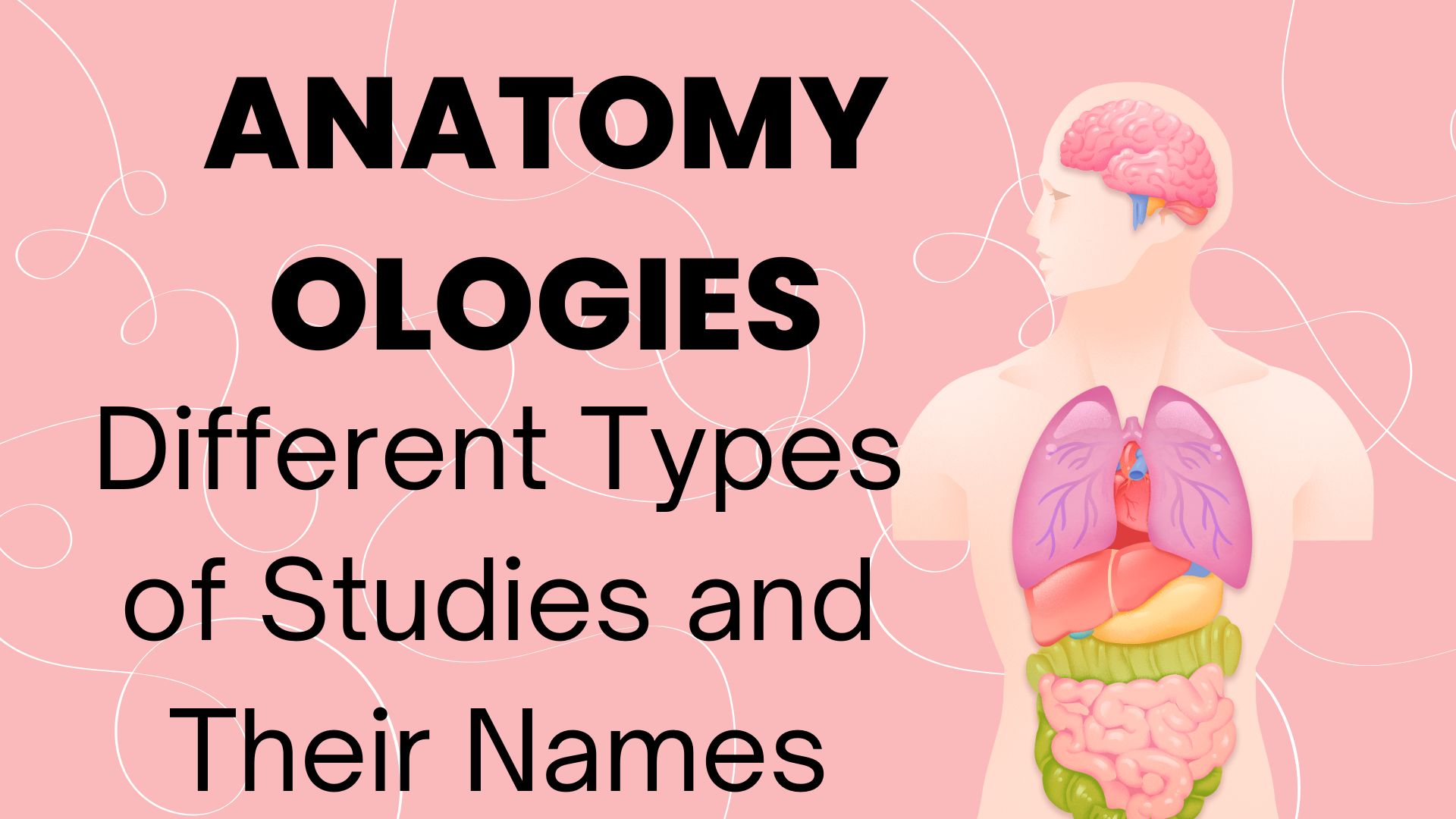Anatomy Ologies:- Understanding the Fascinating Fields of Human Body Studies
The human body is an intricate and complex system, and its study involves various branches of science. Each branch provides a detailed insight into different aspects of the body, its structure, and how it functions. In this post, we’ll dive into some key areas of human body studies that help us understand how we work, both structurally and functionally.
Anatomy: The Blueprint of the Body
The study of the structure of the human body is known as Anatomy. This field covers everything from the organization of organs, tissues, and cells to their intricate interactions. It’s the foundation for understanding how the body is physically constructed.
Physiology: How the Body Functions
While Anatomy focuses on the body’s structure, Physiology delves into how it works. It’s the study of the functioning of the human body, examining how organs and systems perform their roles in sustaining life. Without physiology, it would be impossible to understand how breathing, circulation, digestion, and even movement occur.
Exploring the Cellular World: Cytology and More
At the microscopic level, understanding the body’s smallest building blocks—the cells—is essential. The study of cells is called Cytology. Cytology provides insights into how cells function, divide, and communicate, forming the foundation of tissues and organs.
Moreover, Karyology is the study of the cell nucleus, a critical part of the cell where genetic material is stored and processed. This branch is vital for understanding cell reproduction and heredity.
Myology: Muscles in Motion
Muscles power every movement in our bodies, and the study of muscles is known as Myology. By understanding muscle structure and function, we gain insight into how we move, maintain posture, and perform physical activities.
Nephrology: The Vital Role of Kidneys
Nephrology focuses on the study of the kidneys, organs responsible for filtering blood, removing waste, and regulating electrolyte balance. Healthy kidneys are crucial for overall well-being, and nephrology plays a key role in diagnosing and treating kidney-related diseases.
Cardiology: The Heart of the Matter
The study of the heart is called Cardiology. As the center of the circulatory system, the heart pumps blood throughout the body. Cardiology helps in understanding heart diseases, blood circulation, and how to maintain heart health.
Arthrology: Understanding Joints
Joints are what allow us to move freely. The study of joints is referred to as Arthrology. Joints connect bones and are responsible for the body’s flexibility and movement, making this field essential for understanding disorders like arthritis.
Histology: Tissues as the Foundation
Histology, or the study of tissues, dives deep into the structure and organization of cells into tissues, which are groups of cells working together for specific functions. Understanding tissues is essential for identifying diseases and how they affect the body’s ability to function.
Osteology: The Study of Bones
Our skeleton forms the backbone (quite literally) of our bodies. The study of bones is known as Osteology. This branch helps us understand bone structure, growth, and development, as well as the diseases and conditions that affect them.
Hematology: Blood and Its Components
Blood plays a crucial role in transporting nutrients, oxygen, and waste products. Hematology is the study of blood and its components, including red and white blood cells, hemoglobin, and platelets. This field is vital for diagnosing blood disorders like anemia and leukemia.
Serology: Investigating Blood Serum
The study of blood serum is known as Serology. Blood serum contains antibodies, and studying it helps in diagnosing immune responses and infections. This field is essential for understanding diseases and developing vaccines.
Odontology: More Than Just Teeth
Odontology is the study of teeth, encompassing everything from their structure to their health. This field is crucial for maintaining dental health and understanding conditions that affect our teeth and gums.
Craniology: The Study of the Skull
Finally, the study of the skull is called Craniology. The skull protects the brain and supports the structures of the face. Craniology is essential for understanding head injuries, cranial development, and neurological conditions.
Conclusion
These various Anatomy Ologies provide a comprehensive understanding of the human body, from its skeletal framework to its minute cellular structures. Each branch is interconnected, contributing to our knowledge of how the body is built and how it functions. As science advances, so does our understanding of these critical areas, allowing us to diagnose, treat, and prevent a wide array of health conditions.
Play our quiz on Anatomy Ologies to check your knowledge.
You can also watch Anatomy Ologies Videos on youtube.



